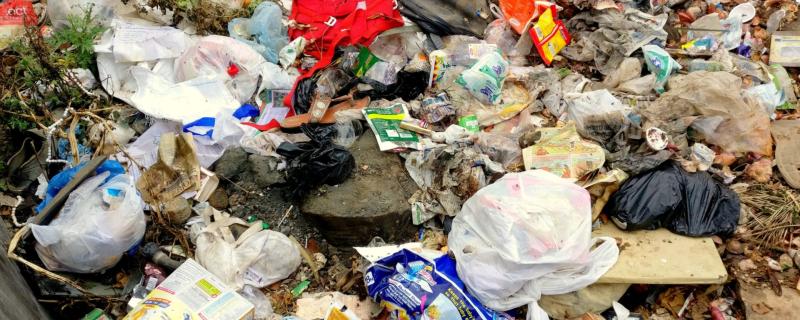Technology has provided the best solutions for many of our problems. One such day-to-day problem faced by civic authorities is estimating the number of people in a crowd or a gathering so that they can manage the crowd better without any incidents. A new study by researchers has proposed a novel crowd counting technique using the concepts of neural networks. This algorithm, the researchers claim, can count crowds that swell in a short period or those that have varying number of people spread out.
पूर्व के कुछ वर्षों में दिल्ली एवं मुंबई के वातावरण में मीथेन के स्तर में वृद्धि इंगित करता छायाचित्र।
श्रेय: अध्ययन लेखक






